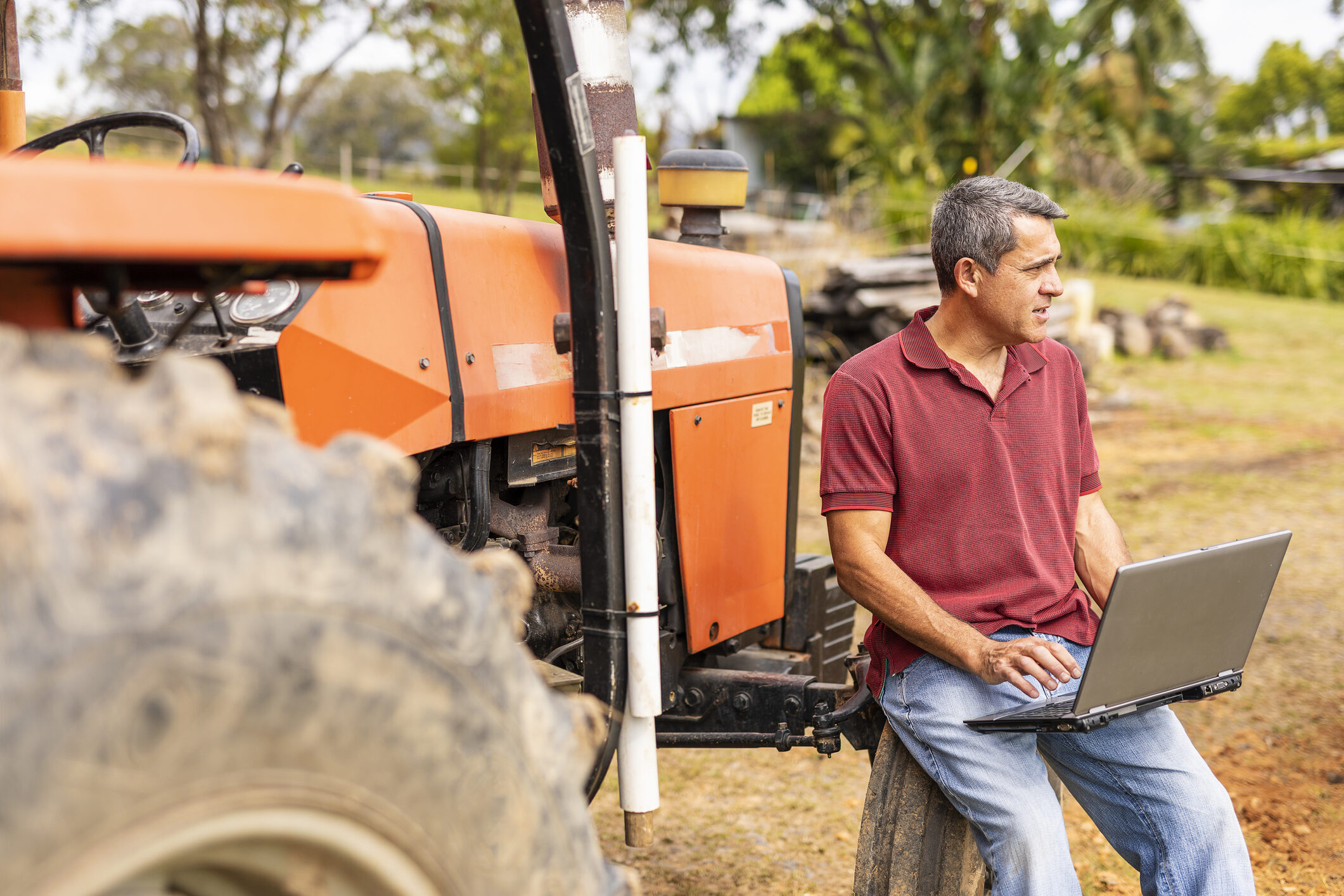© 2025 Alliance for Quality Broadband

The Digital Divide Highlights Gaps in Both Access and Adoption
The Digital Divide Highlights Gaps in Both Access and Adoption
June 8, 2022
Despite significant advancements in internet speeds and availability, the digital divide remains throughout the United States. The Federal Communications Commission estimates that more than 14.5 million households across the country do not have access to minimally acceptable internet speeds (25/3 Mbps) and over one-third of these households are in rural areas.
Though its name is simple, the “digital divide” is a set of complex and often interrelated issues typically categorized into two buckets: access and adoption.
Closing the digital divide starts with reaching 100% connectivity for all households and businesses. But the work doesn’t stop there. While many residents in rural areas face access gaps, for many in urban areas it is an issue of adoption. Many people lack the digital or language skills to get online, are unable to afford home internet or a computer, or fail to see why broadband is necessary. In a national survey, Pew Research Center found that 71% of non-broadband users were not interested in having broadband at home despite having access.
The adoption gap cuts across demographic and geographic lines, but disproportionately impacts less advantaged communities. This complex problem requires a comprehensive solution. To close the digital divide for good, we must solve both issues:
100% Access + 100% Adoption = 100% Connected
The pandemic escalated the importance of both access and adoption, and the federal government helped address the urgent need by allocating billions in funding to state and local governments. We’re starting to see success stories from communities that partnered with providers and stakeholders to close access and adoption gaps, and bring affordability solutions to communities throughout the country.
- Washtenaw County, MI: The Washtenaw County Broadband Task Force used federal funding to bring 100% high-speed internet access to every home in the county. Three providers – Spectrum, Comcast, and Midwest Energy – will connect the nearly 8,500 unserved, mostly rural homes through the FCC’s Rural Digital Opportunity Fund (RDOF) and the federal American Rescue Plan Act (ARPA).
- Los Angeles, CA: The Los Angeles Unified School District (LAUSD) announced the All Families Connected program in partnership with local providers, AT&T and Spectrum, to provide in-home, high-speed internet to students and their families at no cost for one year. The program will also provide 100,000 devices for students to connect at home and school. 96% of this $50 million effort is funded by federal dollars.
- Dallas, TX: In Dallas, AT&T contributed $1 million to the United Way of Metropolitan Dallas’ Southern Dallas Thrives initiative. The program helps students in Southern Dallas neighborhoods engage in online learning. The donation will provide more than 2,000 K-12 students, young adults and families with free refurbished laptops, digital literacy training, and technology support over two years.
We understand that reliably connecting all Americans requires solutions that holistically address the digital divide. Initiatives, like we see in Michigan, Los Angeles, and Dallas, are examples of success stories of how government funding and private investment can bring access and adoption to everyone across the country.
